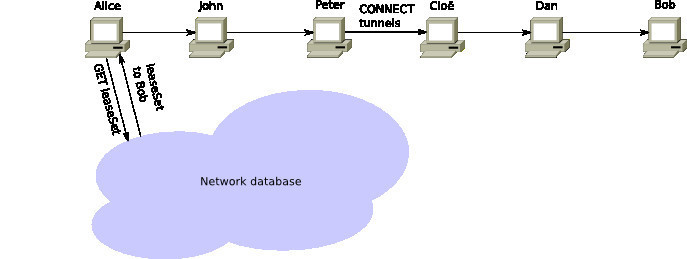

These identified examples were then used for a qualitative evaluation on the implications of additive manufacturing for the industrial design profession and designers through semi-structured interviews conducted with seven professional industrial designers having experience with rapid manufacturing in Istanbul Turkey. Expanding literature survey with on-line searches, several experimental and commercial application examples of rapid manufacturing of products were identified. Through a literature survey, implications of additive manufacturing technologies on industrial designers and industrial design profession were explored. The purpose of this study was to investigate the implications of additive manufacturing on industrial design profession and designers through an explorative study. Is it possible that we will be printing our own cars at home in the future? This paper explores some of the developments in these tools, how they are currently being used in a transport design context and some of the implications for future manufacturing of automobiles. It is likely that, when more commonplace, domestic production tools – additive and subtractive - will change the face of industry as we know it. However, there are opportunities for designers to use these tools and associated methodologies to make objects that make a difference in ways that have never been possible before.

As yet, Industrial Design contribution is limited, with the technology tending to appeal to those who are ‘tech-savvy’. A key contributor to this shift is the Open Source Hardware (OSHW) Maker Movement – a movement made up of a diverse range of individuals from a wide variety of backgrounds and levels of expertise all working towards a common goal of making the tools for making artefacts more accessible. These tools are enabling individuals to make sophisticated parts and products without formal training at sites of production situated in domestic communities globally. The rapid development of both digital production tools – such as 3D printers, CNC machines and laser cutters – and Information and Communications Technology (ICT) have provided a means for small scale, distributed poly-nodal Digital Manufacturing to become a viable production method. The paper further aims to show that whereas creativity can be spurred by the technology, the innovation process itself requires a much broader and deeper understanding of design thinking in general. At the heart of this examination is that 3D printing in and of itself should not be viewed as a silver bullet, but instead as a genuine process alongside traditional manufacturing techniques, requiring a better understanding of the science behind the process. Through case studies and samples of our ongoing research we will show how the process is evolving along the same scientific principles that governed the transition of earlier plastic processes such as injection molding from being mainly an art to a science. Market segmentation into lower cost and higher end 3D printing equipment represents opportunities both inside old and new industries alike. This paper addresses how we respond to this opportunity and associated pressure in industrial design higher education in particular. The transformative technology of 3D printing is democratizing the production and design of products.


 0 kommentar(er)
0 kommentar(er)
